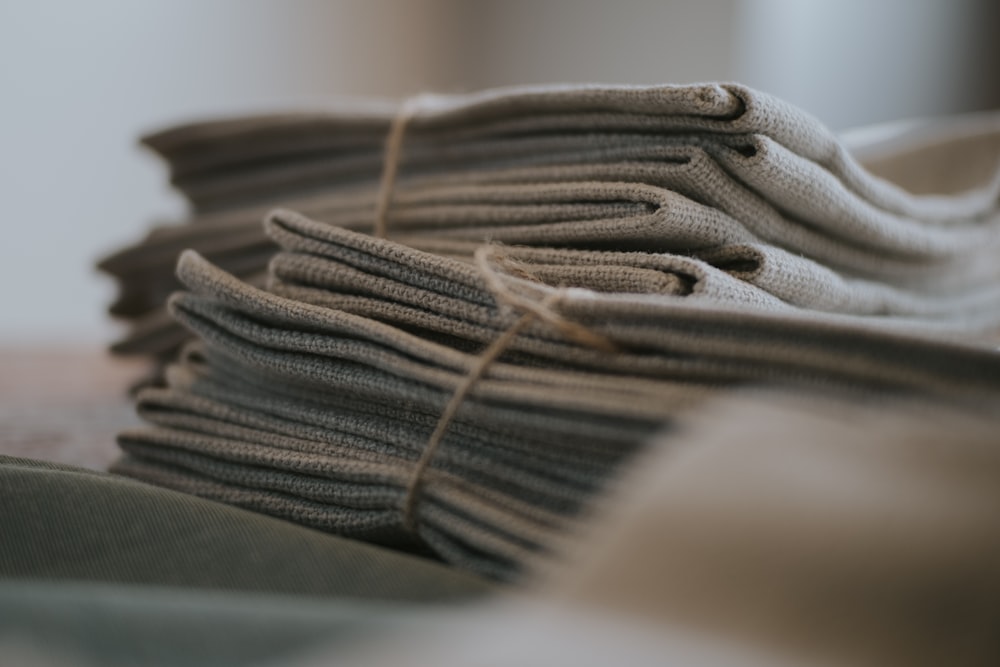Exploring the Advantages of Multi-layered Protection Fabrics
Protective fabrics that are highly-performance oriented have changed the way we think about how to defend ourselves against different risks and hazards in this age where security and safety matter most. Among these innovative materials, multi-layered protection fabrics stand out for their ability to provide a comprehensive shield against multiple threats.
The Idea behind Multi-layered Protection Fabrics
At its core, multi-layered protection fabric is a sophisticated composite material designed to address the limitations of traditional single-layer fabrics. By integrating multiple layers with distinct properties, these fabrics can offer enhanced protection against factors such as impact, heat, flame, chemicals, water and even microbes. Each layer serves a specific function, working synergistically to create a robust defense mechanism.
Goodness of Multi-layered Fabrics
Versatility is one of the main advantages associated with multi layered fabrics. They can be adapted for use in various industries and environments. For instance fire fighter’s gears will include layers that resist both heat and water as opposed to military uniforms which may major on ballistic resistance coupled with camouflage abilities.
On top of that there is also increased durability for these clothes. Layered construction gives them redundancy which means if one layer fails others continue providing protection. This aspect is critical for applications where failure of any layer might lead to serious consequences.
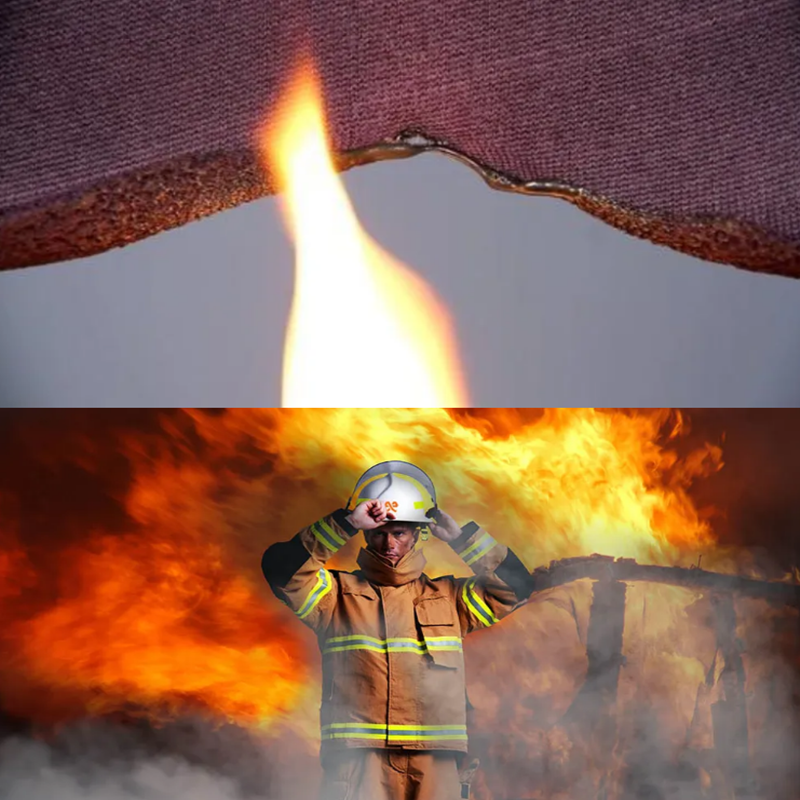
Multiple Uses for Multi-layered Protection Fabrics
Multi-layered protection fabrics find enormous application across diverse fields. In healthcare sector they are employed in manufacturing protective garments worn by medical personnel susceptible to infections from communicable diseases while in building firms they safeguard workers from cuts and abrasions alongside other injuries resulting from accidents at work places . On the other hand Oil & Gas industry has special layers protecting spills from chemicals and fire.
Trends and Prospects
There is still a lot of room for improvement in Multi-layered protection fabrics as researchers and textile engineers strive to push them beyond their limits. Some of the newest technologies like nano-enhancement and smart fibers are now being incorporated into multi-layer protection fabrics, thereby making these products capable of dynamically adjusting to changing conditions. For instance, during cold weather, a material might become more insulating or it may become more porous during heavy physical exercise.
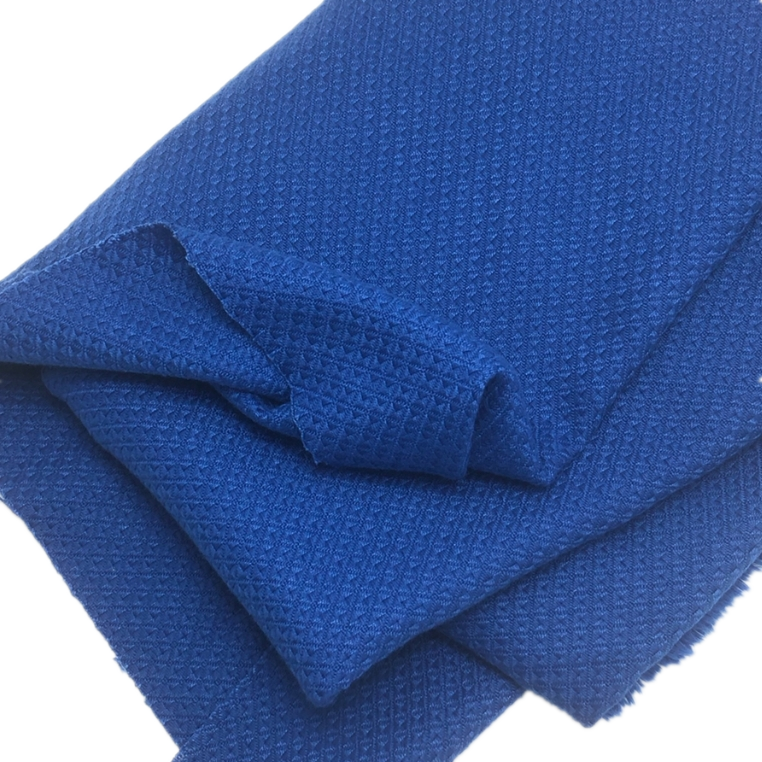
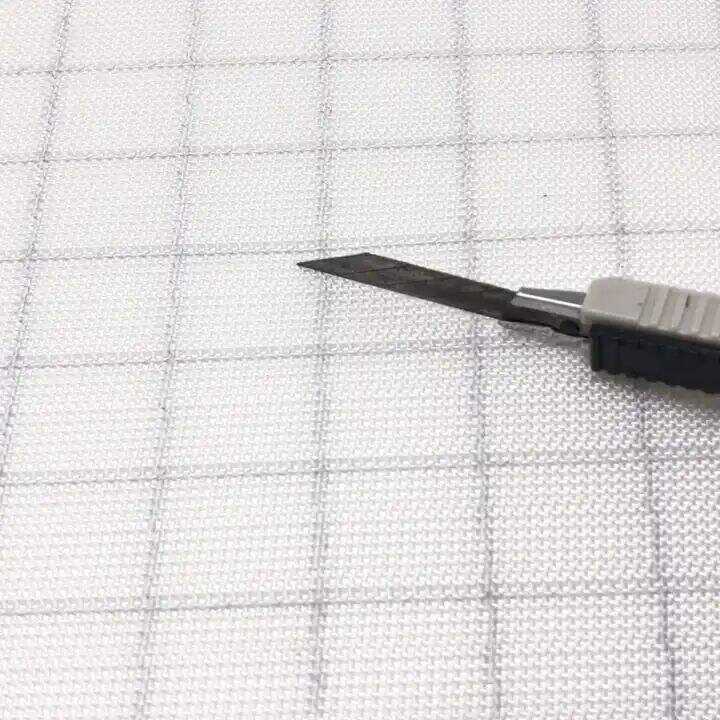
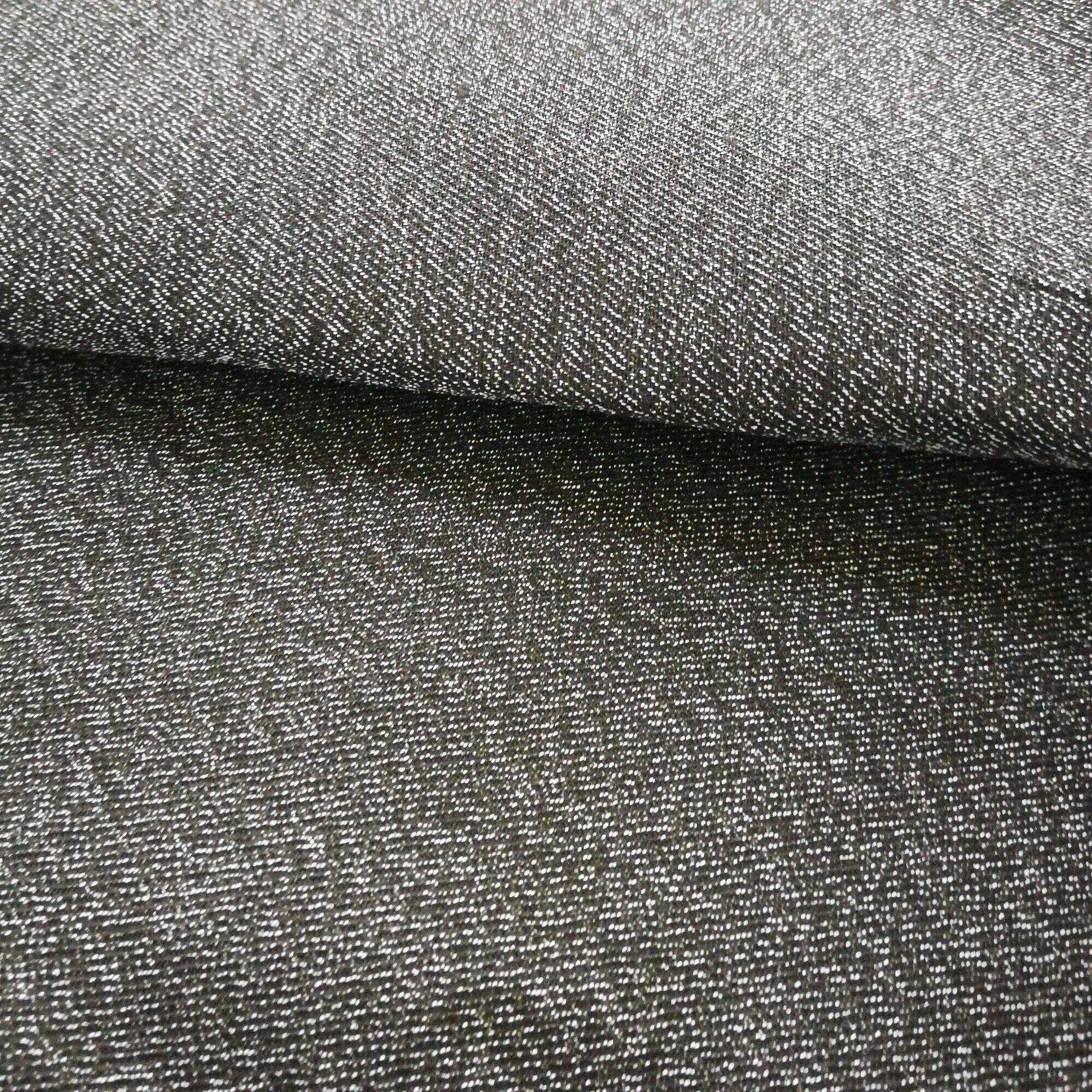
Multi-layered protection fabrics represent a significant advancement in the field of protective textiles. Their multifaceted structure offers unparalleled defense against a variety of threats, making them indispensable in numerous high-risk professions. As research continues to further our understanding of materials science and textile engineering, we can expect these fabrics to become even more effective, adaptable and integral to our quest for safety and security in an increasingly complex world.

 EN
EN






































